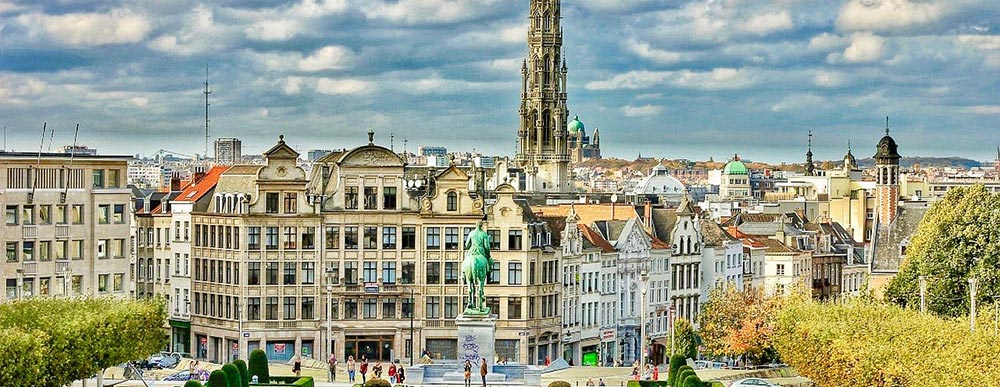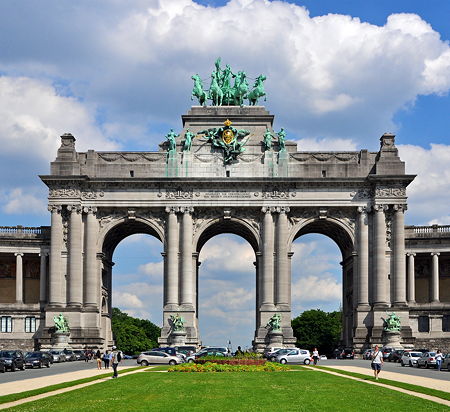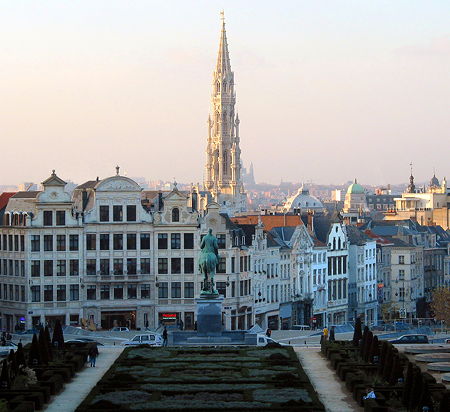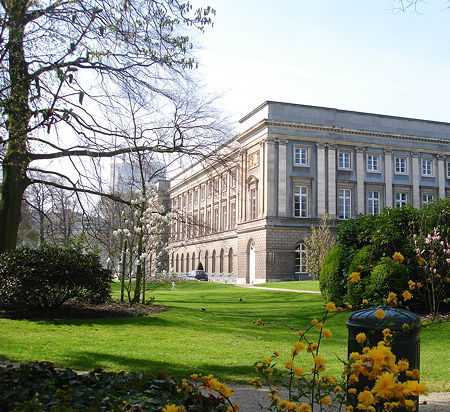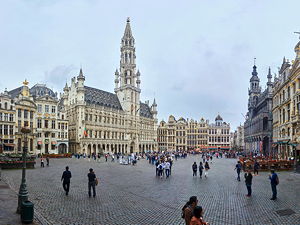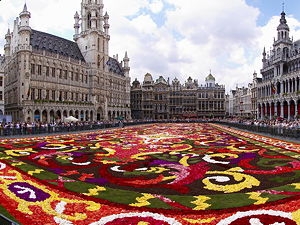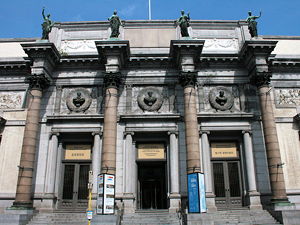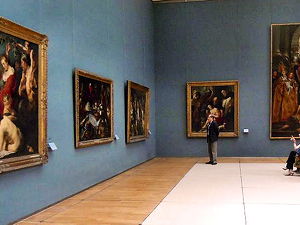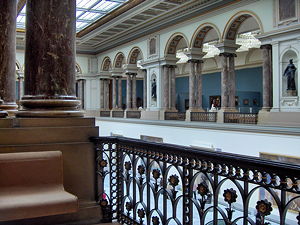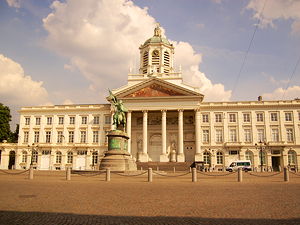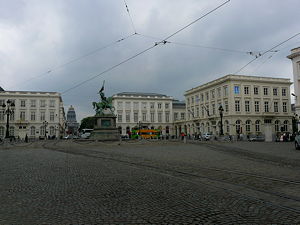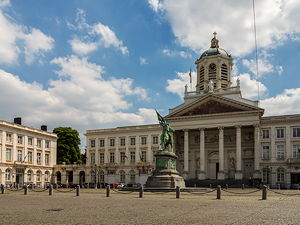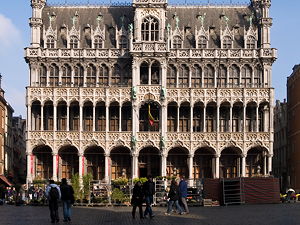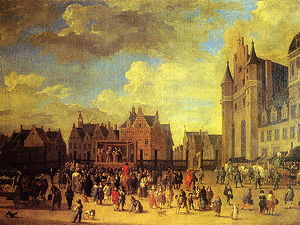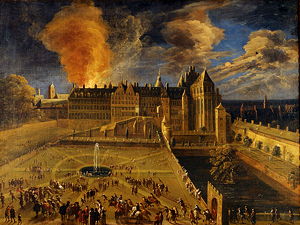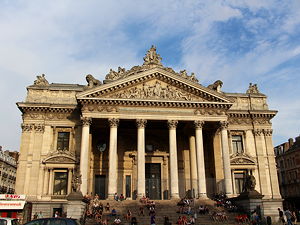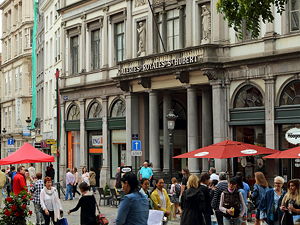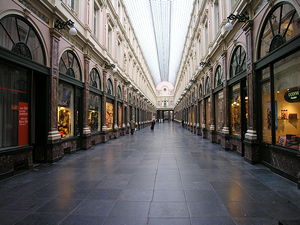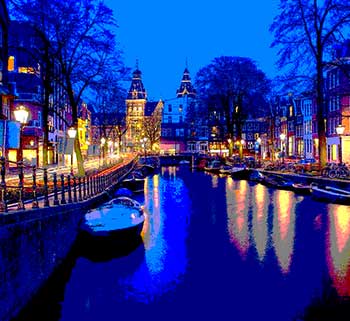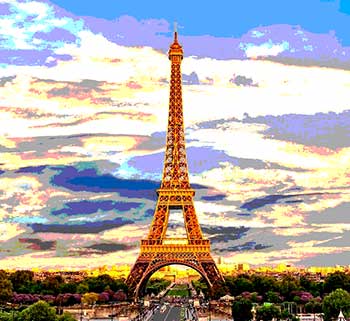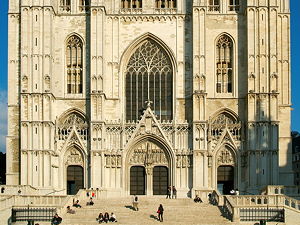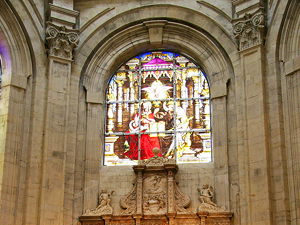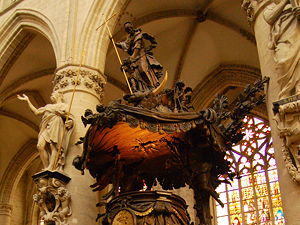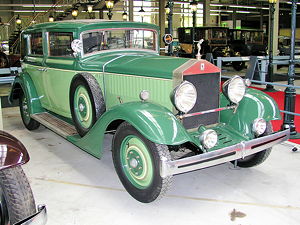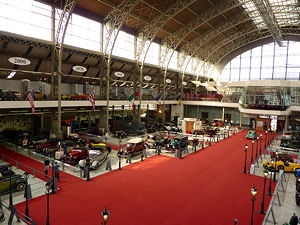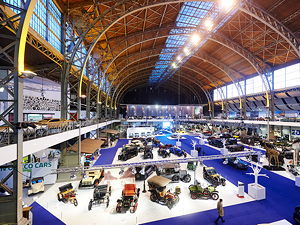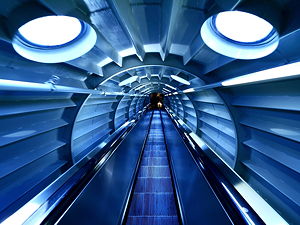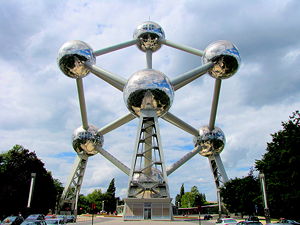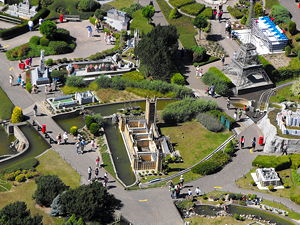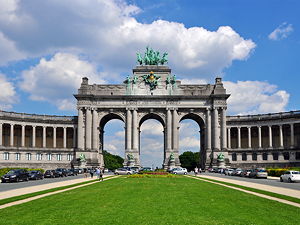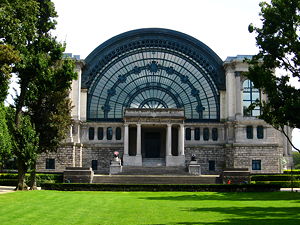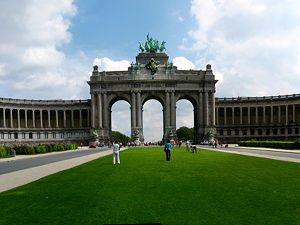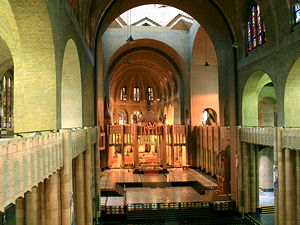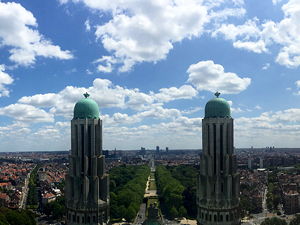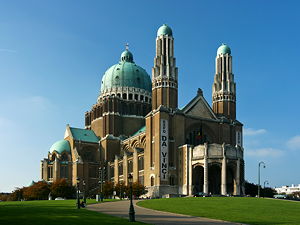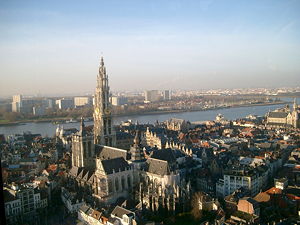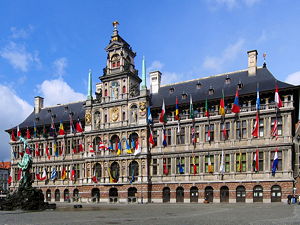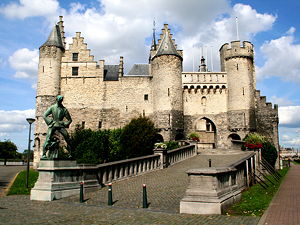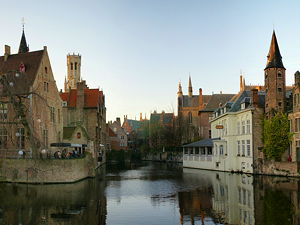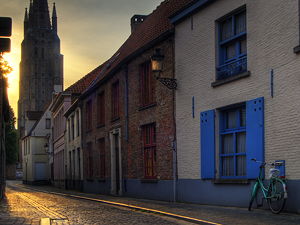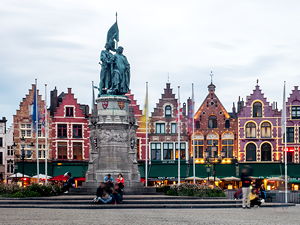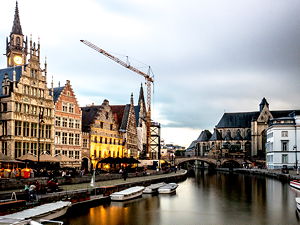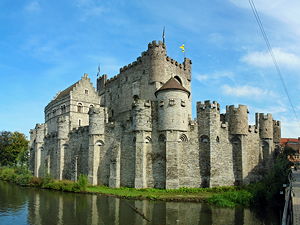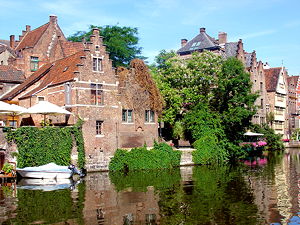Things to do in Brussels, Belgium
MAPBrussels is a pretty, temperate and friendly city offering impressive buildings, parks and palaces, excellent fine art and historical museums, and fabulous food and drink (think moules frites, waffles and Belgian beer and chocolate).
The capital of Belgium and home to 1.1 million, Brussels also hosts the headquarters of NATO and is the de facto home of the European Union (with its Commission and Council housed in a state-of-the-art building in the Parliament Quarter).
The city centre can be roughly divided into two: the upper and lower towns. The lower town's principal draw is the Grand Place or town square, bordered by stunning guildhouses and the town hall. Surrounding the square are high-end shops, eateries galore, the famous Manneken Pis (the symbol of Belgium) and the Galeries St-Hubert (a grand covered shopping arcade).
The upper town, to the east, is home to the city's parks, palaces and museums. Start at the Parc de Bruxelles, around which are clustered the Palais de la Nation (Belgium's parliament), the Palais Royal (the official residence of Belgium's monarchy), the Fine Arts Museum, and, slightly further afield, the Cathedral Sts Michel et Gudule. Continue east to find, first, the Parc Leopold (offering great views to the European Parliament building) and Parc du Cinquentaire (housing historical, military and automobile museums).
Brussels is also the gateway to Belgium's other great cities, Antwerp, Ghent and Bruges, and to other European destinations like Amsterdam and Paris.
1. The Grand Place
The Grand Place (aka Grote Markt in Dutch) is the first destination for most visitors to Brussels.
It is Brussels' town square, originally used in the 11th century for open air markets, and now surrounded on each side by ornate Flemish Baroque architecture dating from the 15th to 17th centuries.
The square measures 68 x 110 metres and was awarded UNESCO world heritage status in 1998. A 1,800 square metre flower carpet, containing around 600,000 flowers, is laid in the square every two years (pictured). The next carpet will be laid between 13 to 16 August 2020.
The Hotel de Ville, pictured at night, is the most impressive building. Adorned with 137 statues, the town hall's spire, built by Jan van Ruysbroeck in 1449, stands 96 metres high and is slightly crooked! At its apex is a statue of Saint Michael slaying a demon.
The Maison du Roi, on the square's east side, was built in 1536, redesigned in the 19th century, and was formerly used by Spanish monarchs. It now houses the Musee de la Ville de Bruselles (see below). Le Pigeon, also on the east side, was home to Victor Hugo, the exiled French novelist, from 1852.
The Everard 'T Serclaes medley of buildings are located on the south-western corner. A statue of Serclaes, who died defending the city in the 14th century, is found underneath an archway: touching the bronze arm is said to bring good luck.
Finally, Le Renard, Le Cornet and Le Roi D'Espagne on the northern side exhibit interesting architectural traits. Try to spot the statue of St Nicolas, patron saint of merchants, the gable made to look like a frigate's bow, a golden trumpet player, and Saint Aubert, the patron saint of bakers.
Check out the nearby Hotel Amigo, Brussels' premier hotel, which has hosted the likes of Sean Connery and Beyonce. Its bar is a great place to escape the hordes of tourists.
where? Grand Place, 1000 BRU, Brussels. Closest subways: Bourse, Gare Centrale, Hotel de Ville. There are plenty of eateries on the square. So this is a great place to settle down for a tea, coffee or beer, admire the views, and watch the world go by. MAP
when? Year round.
2. The Royal Museum of Fine Arts
The Royal Museum of the Fine Arts of Belgium was founded by Napoleon in 1801 to relieve Paris' packed Louvre.
It now houses the country's premier art collection in three separate museums: the Musee d'Art Ancien, the Musee Fin de Siecle and the Musee Magritte.
The Musee d'Art Ancien displays work from the 15th to 18th centuries, much of it of a religious nature and some of it fairly gruesome (such as Bouts' The Justice of Emperor Otto III, featuring a gory beheading).
The best works are those of Peter Paul Rubens (1557-1640), Anthony van Dyck (his pupil, 1599-1641) and Rembrandt (1606-1669). Rubens' Four Studies of the Head of a Moor is a must-see, as are his gigantic canvasses The Martyrdom of St Livinius and The Assumption of the Virgin.
The Musee Fin de Siecle contains works from the end of the 19th and beginning of the 20th century. Highlights include Georges Seurat's La Seine a la Grande-Jatte and Gaugin's Portrait of Suzanne Bambridge.
The Musee Magritte is devoted to the art of the Belgian surrealists and in particular Rene Magritte (1898-1967). The collection is arranged into chronological sections.
The first, 1898-1929, addresses Magritte's constructivist period, contact with the 7 Arts group, discovery of de Chirico and first surrealist works.
The middle section, addressing the years 1930-1950, displays work from Magritte's self-confessed 'idiotic' period, his 'full sunlight' surrealism (produced when he was lying low to avoid the Nazis), and 'vache' period (which came with liberation).
The final section, 1951-1967, is devoted to Magritte's research into repetition and the large images, such as the Domain of Light, which occupied him during his last years.
where? Royal Museum of Fine Arts, Rue de la Régence 3 1000 City of Brussels, Belgium. T +32 2 508 32 1. Metro: Gare Centrale; Parc. MAP
when? Tues to Fri: 10am to 5pm; Sat-Sun: 11am to 6pm; Closed Mondays and public holidays.
£$€¥ (For the museums individually) Adults: €10; Children €3; (For a combined ticket covering all three museums) Adults: €15; Children €5. (Jan 2018)
3. The Quartier Royal
Built on the top of Couldenberg Hill, where the air was thought to be purer, the Quarter Royal was home to Brussels’ nobility and rulers from the 15th century.
It is now home Belgium's Parliament, Royal Palace and much fine 18th and 19th century neo-classical architecture.
Palace Royale
Start exploring the area at Place Royale, an attractive square built around the statue of Godefroi of Bouillon (a Brabant soldier who fought in the first Catholic crusades).
On the square’s eastern side is found the Eglise St-Jacques-sur-Coudenberg, modelled on a classical temple and displaying a number of neo-classical paintings.
Continue on to the Place des Palais, the road at the southern end of the Parc de Bruxelles, bordering the Palais Royal. The Palace, the official home of Belgian’s monarchy, is used for granting audiences and dealing with affairs of state. Construction took place between 1783 and 1934, with highlights including
- the Throne Room (containing bas reliefs by August Rodin representing the economic activities of Belgium’s provinces, oak wood parquet and 39 bronze and gilded candelabras and chandeliers),
- the Hall of Mirrors (similar to the eponymous room at Versailles, whose ceiling is decorated by more than a million green jewel beetle carapaces by sculptor Jan Fabre) and
- the Small White Room (the wedding present given by King Louis-Philippe of France to his daughter, Louise-Marie, and King Leopold I, a gilt chamber decorated with royal portraits).
Palais de la Nation
At the opposite end of the Parc de Bruxelles is found the Palais de la Nation, Belgium’s parliament since 1831, built by French architect Barnabe Giumard. The parliament is bicameral, consisting of the Chamber of Representatives (with 150 members) and the Senate (with 71 Senators).
The Parc de Bruxelles itself is a pleasant place to while away a few hours. Highlights include its fountains, statues and children's playground.
where? Place des Palais 7, 1000 City of Brussels, Belgium. MAP
when? The Palais Royal is open to visitors between late July and early September each year (Tues-Sun, 10am to 5pm)
£$€¥ Admission to the Palais Royal is free.
4. Musée de la Ville de Bruxelles
The Musée de la Ville de Bruxelles, which charts the city's varied history, is found on the Grand Place opposite the Hotel de Ville.
The Museum is also known as the Museum of the City of Brussels or the Brussels City Museum.
The Collection
Its ground floor houses gothic statues dating from the 13th century, removed from local churches during 19th century restoration works, local porcelain, and a number of large tapestries. The latter date from the 15th to 16th centuries, after Brussels had overtaken Arras and Tournai as the most important regional production centre.
The pictured tapestry, showing the army of Charles de Lorraine, was produced from a Rubens pattern and was formerly displayed in the ceremonial rooms of the town hall. Brussels' tapestry production, which once employed many hundreds, declined from the early 18th century.
The Museum's first floor displays paintings and photographs of Brussels together with a scale model of the city in the mid-13th century, complete with Franciscan monastery and Coudenberg Castle, the former residence of the Duke of Brabant.
The Manneken-Pis
The top floor is known as the dressing room of the Manneken-Pis, Brussels' most famous statue. It displays around 100 of the young boy's outfits (of a total collection of 800), including astronaut, fireman, chef, Welsh guard and ice hockey player costumes. Visitors should also take in the impressive wood-paneled building, together with the vibrant stained glass seen from the central staircase.
where? Museum van de Stad Brussel, Grote Markt, 1000 Brussel T. 02 279 43 50. E. musea@brucity.be. MAP
when? Tues to Sun, 10am to 5pm; late opening Thursday (to 8pm); closed Mondays, 1 Jan, 1 May, 1 Nov, 15 Nov and 25 Dec.
£$€¥ Adults €8; Seniors/Students: €6; Children: €4. (Jan 2018)
5. The Lower Town
The Lower Town of Brussels has a number of other great attractions.
Start with the Manneken Pis, to the south of the Grand Place. This is a two foot statue of a young boy relieving himself into a small pool, by sculptor Jerome Duquesnoy the Elder and dating from 1619.
Legends ...
Various legends abound as to what it symbolises: one theory claims that the son of a duke was found urinating against a tree at the height of battle; the scene was commemorated by his father as a symbol of military courage.
Another is that Vindicien, the bishop of Arras, interceded on behalf of a wealthy landowner who was desperate for a son; but when the son was born, his first act was to urinate into the bishop's beard! Whatever the truth, this humorous fountain is to Brussels what the Trevi fountain is to Rome.
Galeries St Hubert
The Galeries St Hubert should be next on your list. Found to the north of the Grand Place, these grand arcades—the first in Europe—were inaugurated by Leopold I in 1847. The galleries remain extremely elegant, housing a range of luxury chocolate and clothes shops and trendy cafes. A vaulted glass roof covers Galeries' three sections (Galerie du Roi, Galerie de la Reine and Galerie des Princes).
La Bourse (the Stock Exchange)
La Bourse is found to the west of the Grand Place. Designed by Leon Suys and constructed between 1867 and 1873, La Bourse is an imposing building in Neo-Renaissance style which now houses Brussels' stock exchange and temporary exhibitions (currently the excellent da Vinci exhibition).
Don't miss the early Rodin and de Haen sculptures which decorate the structure.
where? The Lower Town is the area surrounding the Grand Place. MAP
